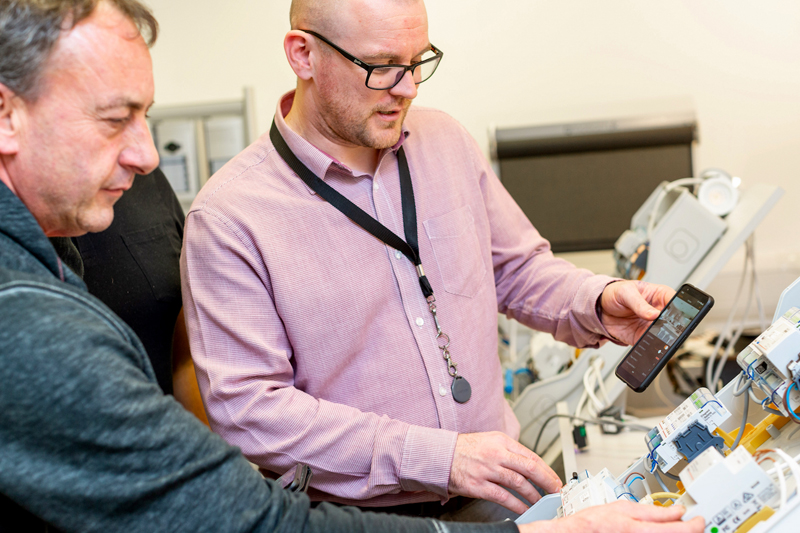
In light of the continuing interest in smart technologies, Richard Hopkins, Lead Marketing Manager of Legrand UK & Ireland’s User Interface business unit, discusses how electrical installers can play a big role in consumer adoption of smart technologies.
In the last decade or so, there has been a marked rise in the presence of smart technology in our homes, with almost every home device, from speakers to security, having a smart alternative. This trend shows no signs of slowing which presents an interesting opportunity for installers.
In a survey of 1,000 consumers, Legrand UK and Ireland made two noteworthy conclusions: first was that over two-thirds of Brits expected to buy a smart home device in the next two years. The second was that just 10% of consumers would seek advice from an industry expert.
Technology trepidations
The continuing growth of smart technology is a market that electrical installers should be keeping a close eye on. Our survey discovered that over half of respondents would be more eager to buy a home with smart technology already installed. Because of this, we can expect an increase in the integration of smart devices.
One barrier for those entering the smart home market is a lack of understanding. Asking lights to turn themselves off used to feel like science fiction, but for some, it is already an everyday reality.
Many people, however, lack technical knowledge and require assistance with selecting which products will best fit their needs, and guidance on using them to improve their lives. Here, electrical installers have an opportunity to show the different options available, with many consumers likely to make at least one smart device purchase in the near future.
Insights from installers
Electrical professionals familiar with smart home technologies will be valuable partners for prospective homeowners and housing developers. Installers who want to take advantage of this rapidly increasing industry can easily receive training.
Although it may appear unlikely that consumers would want to purchase smart devices as a means to monitor their outgoings, poll findings show this is not the case. In fact, 70% of respondents said they wish to keep a closer eye on household energy. In response to this consumer demand, the heating industry has already made thermostatic room controls mandatory with any boiler replacement in Building Regulations Part L. As energy prices rise, we should expect to see a greater emphasis on energy consumption reduction and monitoring.
People have a solution in the form of smart heating controls, which let them observe real-time energy usage and make needed adjustments. It enables them to detect spikes in energy that may necessitate appliance maintenance, a replacement appliance, or a behavioural adjustment.
Most smart heating controls allow for remote and programmable thermostat adjustments made from the user’s smartphone, making it easier to switch off or lower the heat and use advanced algorithms for more precise control of boiler energy. Users can have more control over their energy and, as a result, lower their costs by consulting with an electrical professional and having a smart device installed to help keep track of energy use.
New alternatives
Smart heating controls are one example of how smart home technology can save customers money. Legrand’s Connected Living report highlights which other aspects of their homes consumers are most interested in augmenting with smart technology.
Among many more insights, it also provides unique understanding of consumer concerns regarding smart technology, giving installers awareness into how to better serve their customers and capitalise on a trend that looks as though it is here to stay.
We are committed to being a partner to the electrical industry, improving lives by transforming the places we live, work and meet. For those working in the residential sector, we deliver this through our Connected Living products, expertise and training.
The report is just one way we’re supporting the industry as we navigate our way to a more efficient and connected future in our homes.
Read the full connected living report here











